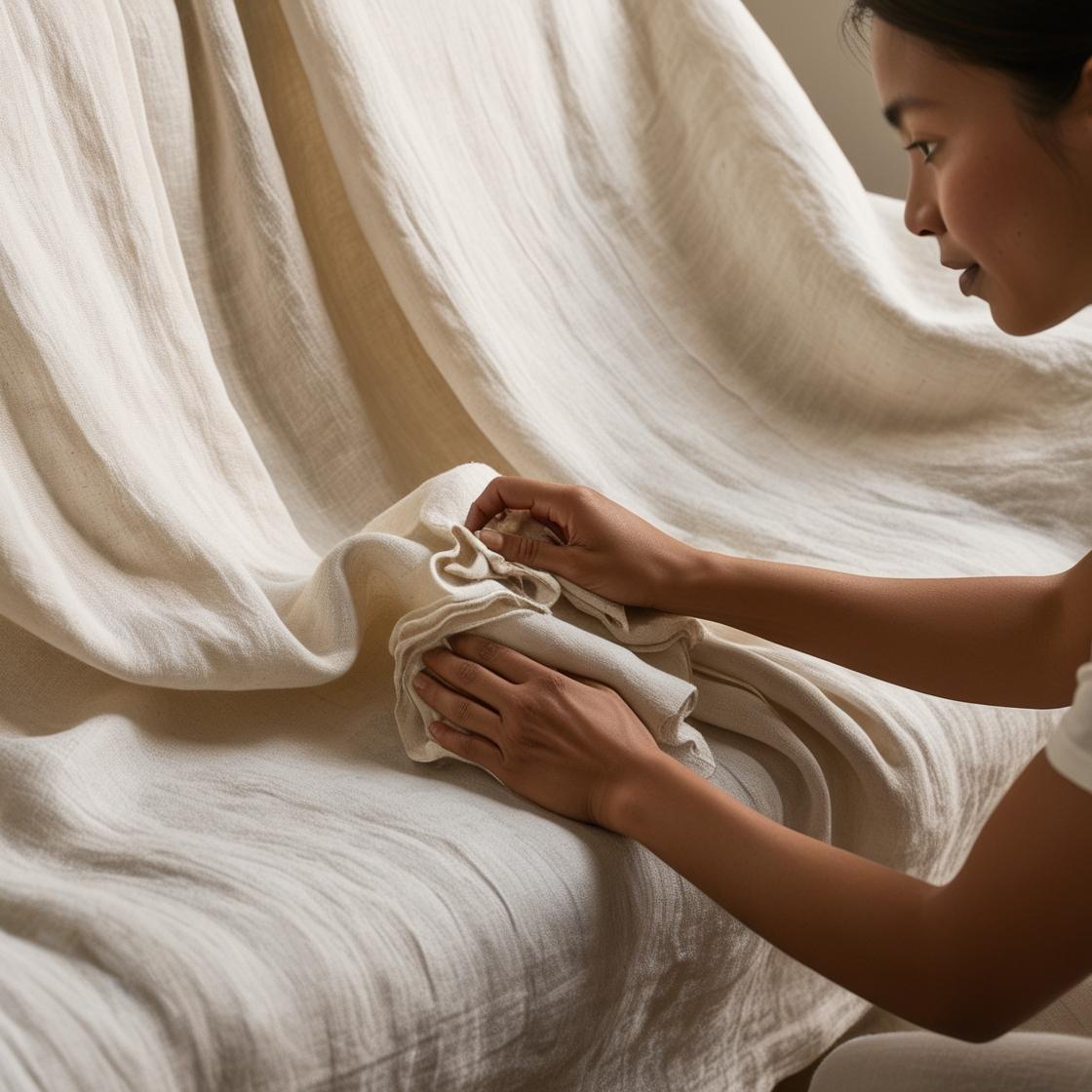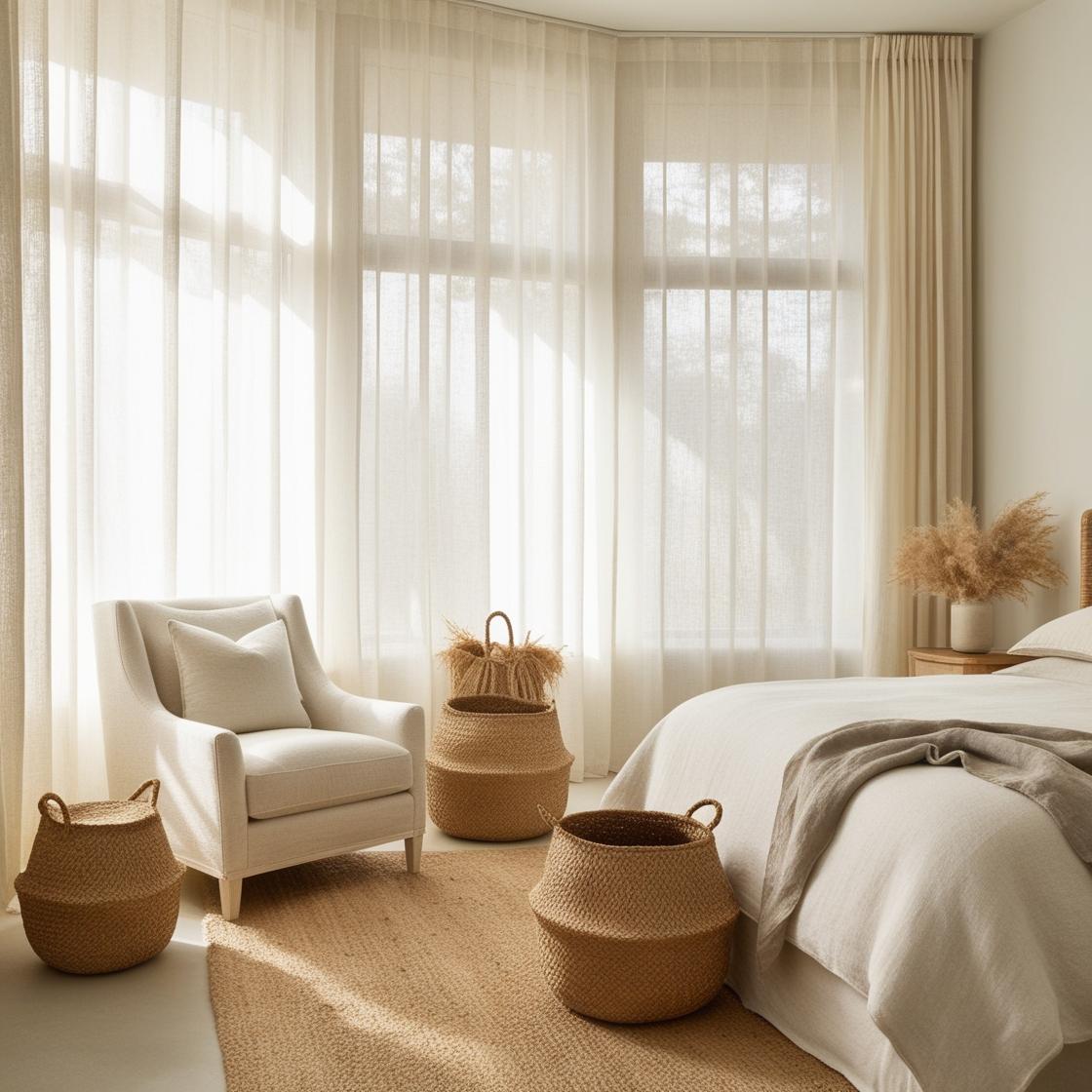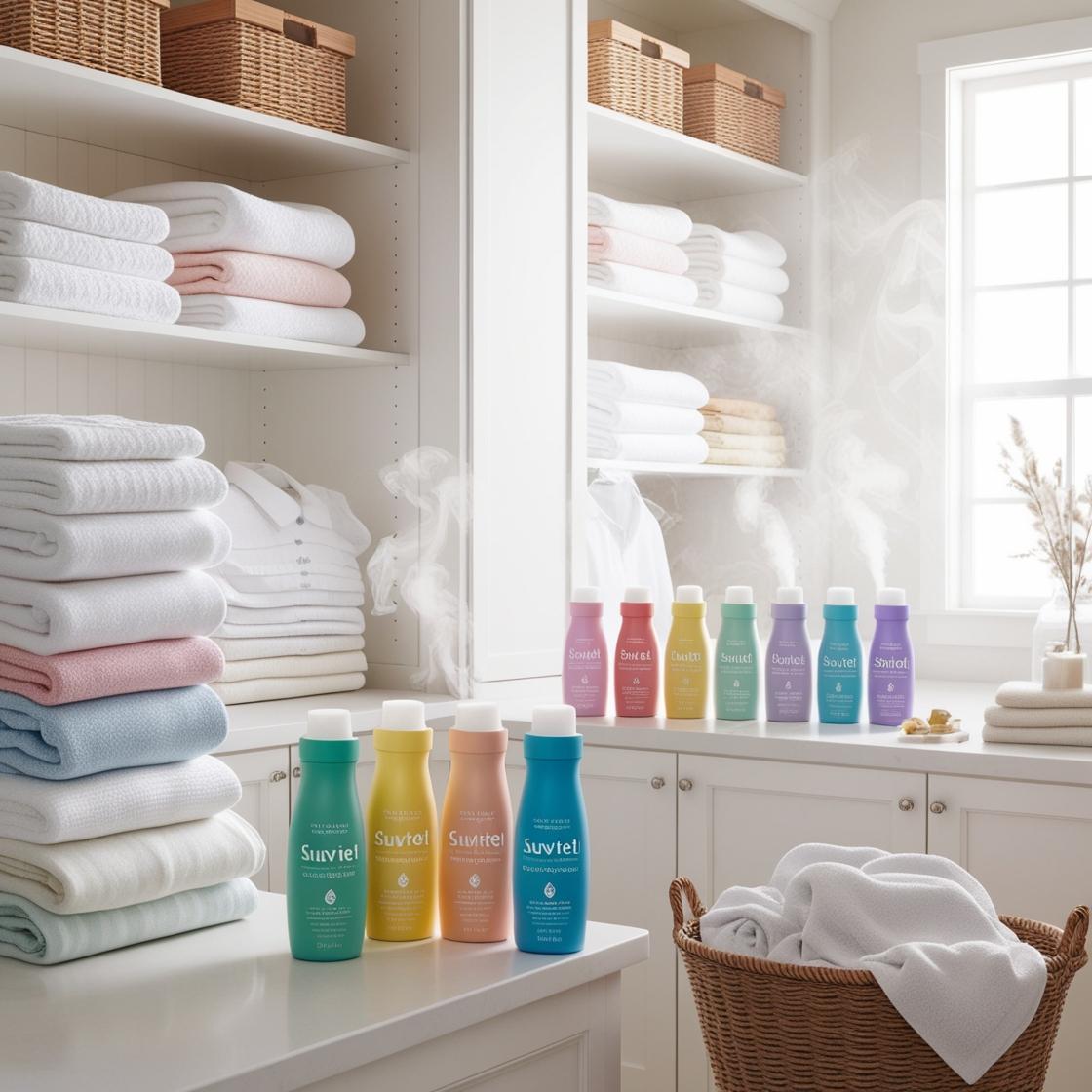As the summer sun beats down on the United States, every gardener's thoughts come down to one question: How does one protect the plants from sun damage without hindering their growth? The answer: an often overlooked step in a seasoned gardener's repertoire- shade cloth for plants. Whether it is the vegetables, ornamental flowering plants, or young saplings, shade cloth could well be the last defense for the green companions against the sultry heat, sickening rays of the sun, and the drying winds.
This detailed guide takes you through all you need to know about using sun shade cloth for plants and why it should be a required item for gardening throughout the summer months. More importantly, it explains how a shade cloth can star in the aesthetic space of a garden and double up as a decorative element when paired with fabrics such as sage green fabric and green upholstery material. It is not just another gardening blog- it is the very blueprint for a flourishing summer garden.
What is Shade Cloth for Reducing Plant Growth? Do They Need to Be in Summer?
Shade cloth construction is a specially designed plant-demand fabric that gives controlled light reduction. It filters sunlight to prevent sunscald, moisture loss, and heat stress- the three worst enemies for plant development in hot locales.
But here is the catch! Not all shade cloths are equally good.
• Knitted vs. Woven: Knitted shade cloth is very sturdy and flexible-ideal for gardens exposed to harsh weather. Woven cloth provides more structure and is generally used in commercial greenhouses.
• Colors and Densities: White to black with not-so-popular shades of green shade-cloth for plants; the color one chooses dictates how much light and heat are blocked.
Choosing the best shade cloth for plants depends on the regional climate, types of plants that you're growing, or even the aesthetics of your backyard. A little bit of planning can go a long way.
Does Color Matter? Why Gardeners Prefer Green Shade Cloth for Plants
Of course! Color is an important element in both performance and aesthetics. Of the more common colors used, green shade cloth for plants differs as it can function well, as well as synergize with the garden environment.

Green cloth produces light that is gentle and cool, which benefits:
• Leafy greens (lettuce, spinach, kale)
• Herbs (basil, mint, coriander)
• Shade-loving ornamentals (ferns, hostas)
There is not just functional but also visual appeal in green cloth, enabling gardeners aiming for a harmonious and appealing look to coordinate their shade cloth with green and brown hues used in garden accents, plant holders, or even as decorative backdrops.
Nature Comes First: Does Shade Cloth Enhance Garden Design?
To let it be said, a shade cloth for plants can act as an extension of design. With the right colors and fabrics, you can turn your garden from merely functional to downright fabulous.
Try layering your stains with some whimsy in the form of flowing sage green fabric. Or line your greenhouse interior with green upholstery for a more permanent, luxurious end that reflected style and thought.
A most unexpected element, such as a green cloth on a garden worktable or potting table, might bring the whole theme together. It is all about cohesion: function meeting beauty.
Create a cohesive look:
• Match shade cloth to outdoor furniture cushions ( upholstery material).
• Use green tablecloths under shade to carry the theme through.
• Highlight with sage-green fabric throws or drapes.
The Best Shade Cloth for Plants in a U.S. Climate
Since the States cover a vast range of climates, trying to give a blanket answer cannot work. However, we will try to give you a general idea according to common zones, respectively:
For Southern States (Zones 8–11):
• 50 to 70% cloth to give shade from the very strong sun.
• For tomatoes, peppers, squash, and tropical plants.
For Northern States (Zones 3–7):
• 30 to 50% shade cloth for plants that love light, for occasional shade.
• For lettuces, cucumbers, broccoli, and herbs.
For Desert Climates:
• A very sturdy sun cloth with a rating between 75 and 90% would be mostly suitable for plants.
• Sun will maintain protection over the succulents, cacti, and arid-east vegetables such as the eggplants.
Investing in the best shade cloth for plants means identifying that sweet spot between protection and light exposure. Your goal should be to filter sunlight instead of blocking it.
DIY Tips: The Correct Process to Add Shade Cloth While Preserving Garden Appearance. Proper installation of shade cloth allows you to merge visual attractiveness with useful functionality. Here's how:
1. Use Tension Wires and Hooks. The cloth will remain visible or effective because tension wires keep it in a taut position.
2. Combine With Fabric Panels. Utilizing sage green fabrics alongside green and brown clothing items creates depth and visual beauty for your garden space. Support columns look like cabanas when you drape fabric around their vertical structure.
3. Consider Retractable Setups The versatility of your cloth setup comes from installing it on tracks or rollers so you can easily slide the material back when needed.

The Secret Sauce: Combine Functionality With Aesthetics
Your summer garden needs protection from heat and brightness through natural methods instead of fighting against its elements. Shade cloth for plants functions beautifully even when it doesn't follow traditional design rules. Your outdoor area transforms into both an appealing and practical sanctuary through the array of color and fabric possibilities.
Achieving garden design unity requires you to use green shade fabric that matches foliage along with smart green and brown clothing redistribution to achieve visual coherence.
When you enter your backyard, think about these questions. Do my plants exist only to survive at minimum level or do they successfully flourish in their environment?
Final Takeaway: Create a garden that adapts to your gardening skills as you grow
With proper application, shade cloth transforms into a tool beyond its function as plant sun protection. The fabric material transforms from protection to an announcement, which represents your gardening commitment and artistic foresight. Your plant establishment can take on depth through green upholstery fabric use and planting tables should receive green tablecloths whereas a soft breeze invites the introduction of sage green fabric near your tomatoes.
A successful summer garden outcome requires more than topsoil and ambient light exposure because it depends foremost on your handling decisions and your selection of shade cover for protection.
Start planting today alongside the right shade choice, and your nurturing efforts will create the most beautiful garden you've ever had.
FAQs
Is it okay to leave the shade cloth on all the time?
Yes, but it depends on the plants and the percentage of shade. A sun shade cloth for plants with 30%-50% density is suitable for full-time use for most vegetables and herbs.
Can I use green table cloths or fabric as a temporary shade cloth?
In a pinch, yes—but note that green table cloth and greenery fabric are not UV stabilized and may degrade faster. Still, they’re great for short-term needs or creative garden décor.
Can shade cloth be reused every year?
Absolutely. High-quality green shade cloth for plants and UV-treated fabrics last 3–5 seasons. Store them properly in a dry, dark place to extend their life.



